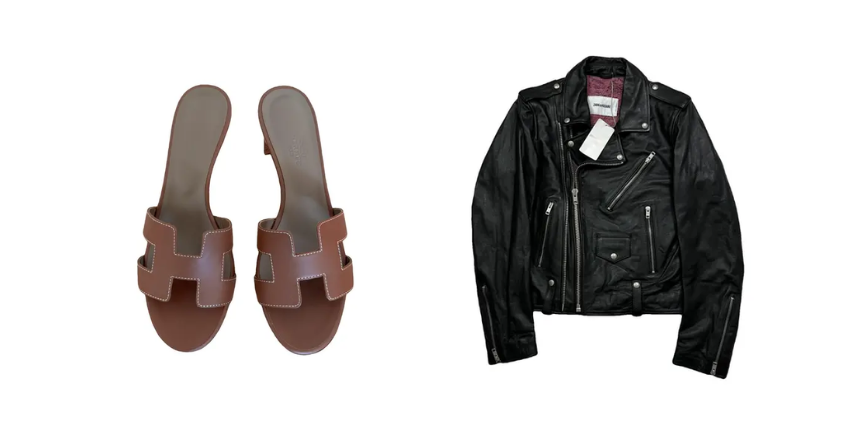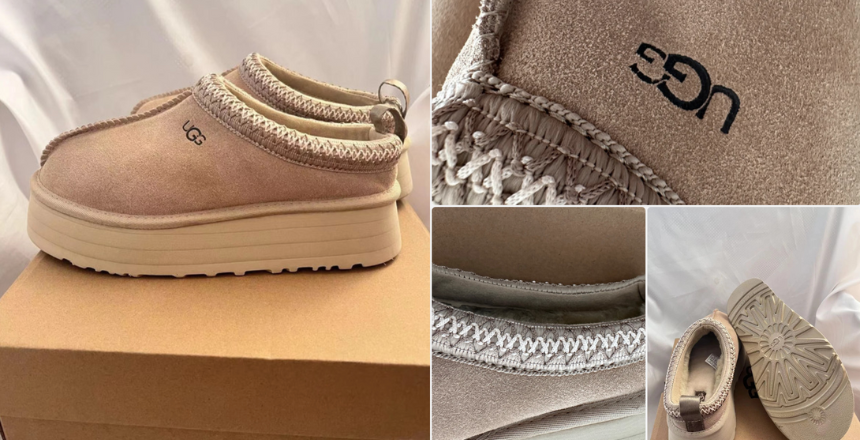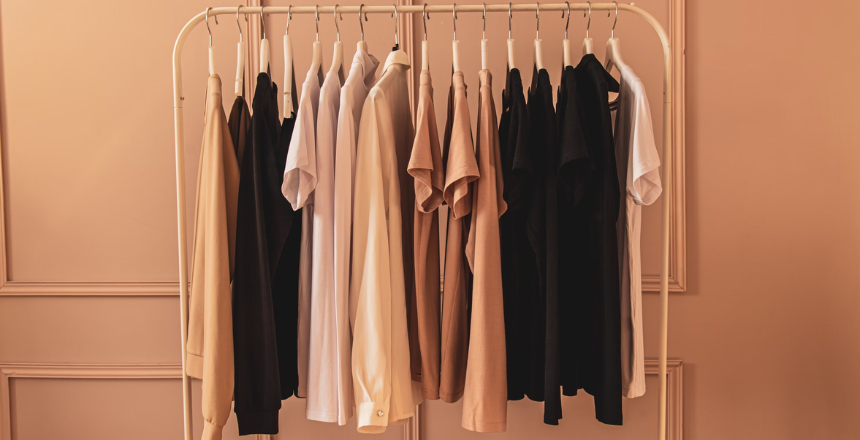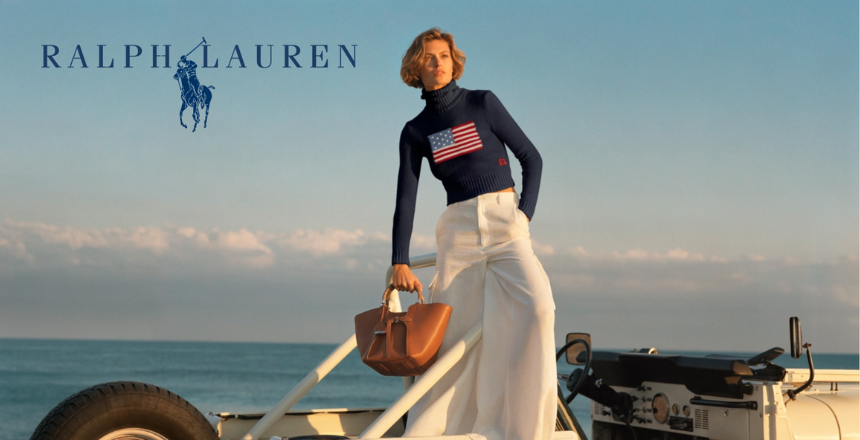But it’s more than just finding a steal; it’s about adopting a lifestyle that values quality and sustainability over the fleeting allure of fast fashion. Whether it’s a quest for a vintage Chanel bag or a simple Zara staple, secondhand shops might just be your new favorite haunt. Let’s dive into the world of secondhand fashion platforms together!
Vestiaire Collective
Since its 2009 debut, Vestiaire Collective has climbed to the top as the premier online marketplace for luxury secondhand fashion, boasting a daily influx of 25,000 items. Its broad selection lets you hunt for specific brands or items. Standing out by accepting diverse payment methods, including credit cards, PayPal, and Shop Pay, it enhances the shopping experience with policies on shipping, returns, and order tracking. Catering to a global audience with international shipping and perks like gift wrapping, Vestiaire Collective is a go-to for those seeking high-end secondhand fashion, all the while offering discount codes for the savvy shopper.

FarFetch
A beacon in the luxury fashion realm, FarFetch is renowned not just for its extensive selection of new designer apparel but also for its sustainable innovation through FarFetch Second Life. Launched in Europe in 2019 and later in the U.S., this program encourages customers to exchange their designer bags for FarFetch credit, promoting the recycling of luxury items. FarFetch’s commitment to sustainability doesn’t stop at resale; it includes efforts like Climate Conscious Delivery to offset carbon emissions and a curated selection of eco-friendly products. With initiatives like FarFetch Donate and the Fashion Footprint Tool, FarFetch empowers customers to contribute to a more sustainable fashion future.
eBay
eBay shines as a versatile venue for both buying and selling fashion pieces, attracting a wide audience in search of great deals. The art of buying low and selling high on eBay can turn into a profitable venture, as the platform is conducive to bulk purchases, making it easier for sellers to invest in items with high return potential. Additionally, eBay has launched various sustainability initiatives, like the Circular Fashion Innovators Fund, which supports small businesses focused on circular fashion solutions. eBay stands out not only as a marketplace for secondhand treasures but also as a champion of sustainability and innovation within the fashion industry.
Vinted
Originating in Lithuania in 2008, Vinted has blossomed into a bustling community for trading, buying, or swapping clothes and accessories. It’s a place ripe with user interaction, including chat features and forums for discussion. Moving away from a mandatory sales fee, Vinted now levies a buyer’s protection fee to secure transactions, ranging from 3% to 8% of the item’s price. This strategy has significantly fueled the platform’s revenue growth, with a noticeable uptick in user registrations and app downloads over the years. In 2022, Vinted expanded its logistical footprint with Vinted Go, rolling out branded lockers in Paris and a digital shipping platform for B2B carriers, marking its status as Lithuania’s first tech unicorn company.

Hardly Ever Worn It
Hardly Ever Worn It, or HEWI, offers a curated shopping experience for both buyers and sellers of luxury secondhand fashion. Its allure lies in its focus on high-end pieces and a secure transaction environment. With features like Apple Pay support and a straightforward return policy, HEWI carves out its niche as the destination for luxury fashion at a fraction of the cost. Despite its focus, HEWI faces challenges like limited payment options and less comprehensive customer service compared to other platforms. However, its commitment to luxury fashion and shopper-friendly policies make it a valuable marketplace for discerning shoppers.
NA-KD Circle
NA-KD is pioneering a new retail concept with NA-KD Circle, centered on fashion’s sustainable cycle. This initiative allows customers to return their NA-KD items in exchange for store credit, fostering a circular economy within the brand. NA-KD Circle not only promotes sustainable shopping habits but also sets a precedent for other apparel retailers aiming to incorporate sustainability into their business models.
I hope this rundown has shed light on the exciting array of platforms contributing to the burgeoning secondhand fashion market. Whether you’re in the market to buy or sell, these sites offer myriad opportunities, from high-end finds to everyday basics, for those looking to refresh their wardrobe in an eco-friendly way. From Vestiaire Collective and FarFetch’s luxury leanings to eBay’s vast reach and Vinted’s community vibe, to NA-KD Circle’s innovative take, each platform presents unique ways to weave sustainability into your fashion choices. It’s an exciting step forward for the industry, leading us toward a future of sustainable style.



